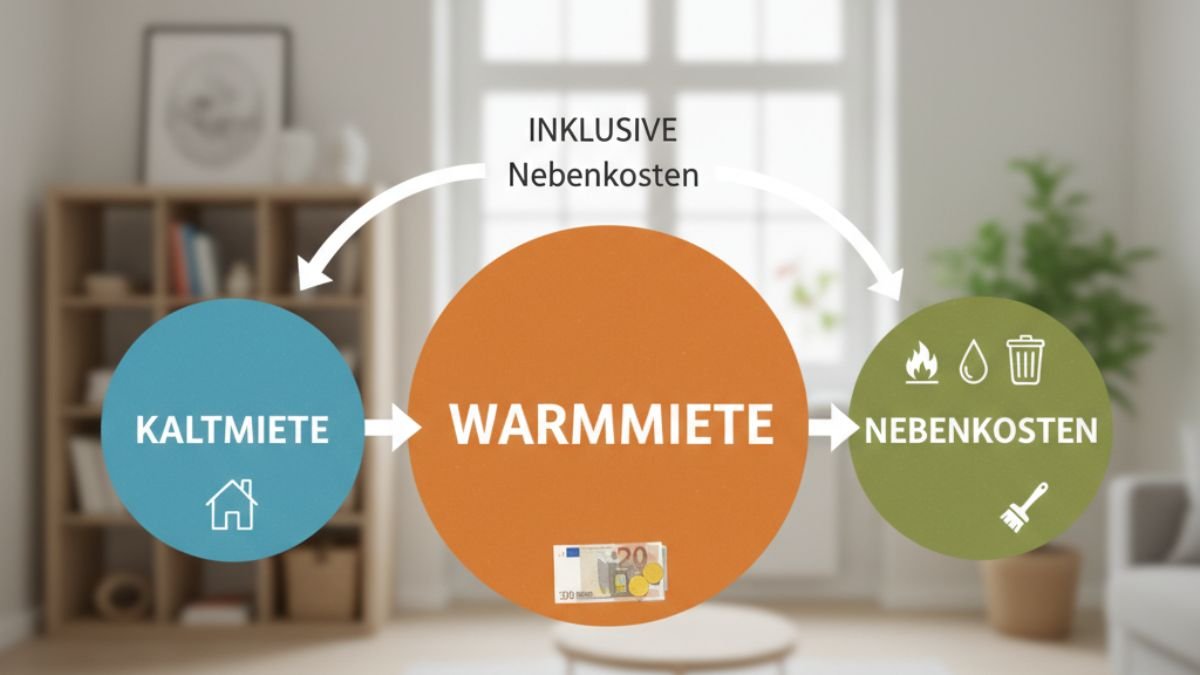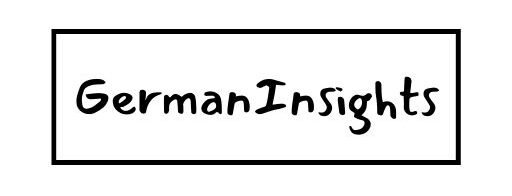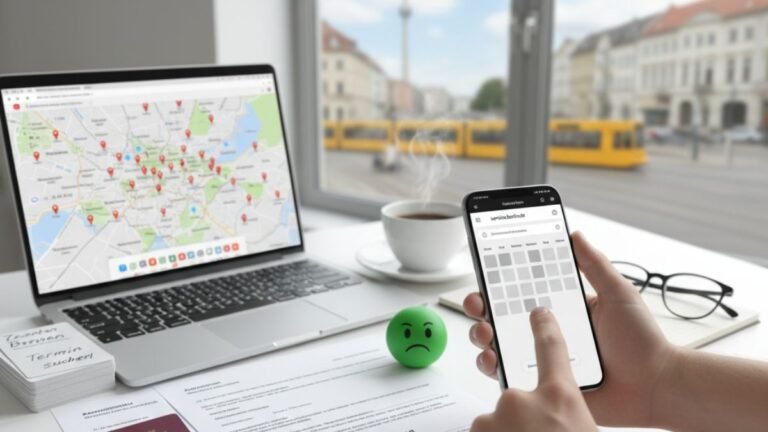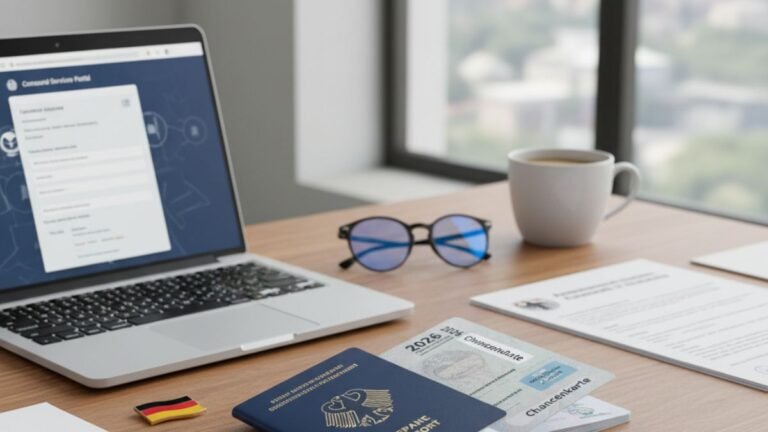German Rent Explained: Decoding Kaltmiete, Warmmiete, and Nebenkosten

Navigating the German rental market can be a perplexing experience for newcomers, largely due to a vocabulary that distinguishes between “cold” and “warm” rent. Understanding the terms Kaltmiete, Warmmiete, and Nebenkosten is crucial for anyone looking to rent an apartment in Germany, as it directly impacts your monthly budget and financial planning. This guide will demystify these terms, providing a clear breakdown of what each entails.
Kaltmiete: The “Cold Rent”
Kaltmiete, which translates to “cold rent,” is the base rent for a property. This is the amount you pay solely for the use of the living space itself. When you see a rental price advertised, it is often the Kaltmiete that is most prominently displayed, as it represents the lowest figure.
Think of the Kaltmiete as the landlord’s basic income from the property. It does not include any of the additional costs associated with living in the apartment. Therefore, it is essential to remember that this is not the final amount you will be paying each month.
Nebenkosten: The “Additional Costs”
The term Nebenkosten refers to the additional, or ancillary, costs that are passed on from the landlord to the tenant. These are the expenses related to the upkeep and operation of the building. The specific costs included in the Nebenkosten can vary depending on the property and the rental agreement, but they typically include:
- Heating (Heizkosten): The cost of fuel and maintenance for the building’s central heating system.
- Water and Wastewater (Wasser und Abwasser): Charges for both fresh water supply and sewage disposal.
- Garbage Disposal (Müllabfuhr): The fees for waste collection services.
- Building Cleaning and Maintenance (Gebäudereinigung und Hausmeister): Costs for cleaning common areas like stairwells and courtyards, as well as the salary for a caretaker if one is employed.
- Property Taxes (Grundsteuer): The landlord is legally allowed to pass this tax on to the tenants.
- Elevator Maintenance (Aufzugwartung): If the building has an elevator, the operational and maintenance costs are shared among the tenants.
- Cable Television (Kabelanschluss): The basic fee for a shared cable connection might be included.
It is important to note that not all costs can be legally included in the Nebenkosten. For example, expenses for one-time repairs to the building or the landlord’s administrative costs are generally not permissible.
Warmmiete: The “Warm Rent”
The Warmmiete, or “warm rent,” is the total amount of rent you will pay to your landlord each month. It is a combination of the Kaltmiete and the Nebenkosten. The fundamental formula is:
Kaltmiete + Nebenkosten = Warmmiete
The Nebenkosten component of the Warmmiete is typically paid as a monthly prepayment (Vorauszahlung). This amount is an estimate based on the previous year’s consumption. At the end of the year, the landlord is required to provide a detailed statement of the actual costs, known as the Nebenkostenabrechnung.
This annual statement will show whether your prepayments were sufficient to cover the actual expenses. If you paid more than what was used, you will receive a refund. Conversely, if the actual costs were higher, you will be required to make an additional payment (Nachzahlung). Based on this annual statement, the landlord may adjust your monthly prepayments for the following year.
What’s Not Included in the Warmmiete?
It’s crucial to understand that the Warmmiete does not typically cover all of your living expenses. The following costs are usually the tenant’s responsibility and need to be budgeted for separately:
- Electricity (Strom): In most cases, you will need to register with a local electricity provider and pay them directly.
- Internet and Telephone (Internet und Telefon): You will be responsible for setting up your own contract with a telecommunications provider.
- Broadcasting Fee (Rundfunkbeitrag): Every household in Germany is required to pay a mandatory broadcasting fee, which is not part of the rent.
The annual balancing process
Since the Nebenkosten are paid as monthly advance payments, the landlord is required to provide a detailed statement of the actual costs once a year.
- If you overpaid, the landlord must refund the difference.
- If your consumption was higher than anticipated, you will need to pay the difference.
- Depending on the result of this annual calculation, your monthly Nebenkosten payment may be adjusted for the following year.
By understanding the distinction between Kaltmiete, Warmmiete, and Nebenkosten, you can approach the German rental market with confidence. Always carefully review your rental contract to see a detailed breakdown of the Nebenkosten to ensure you have a clear picture of your total monthly housing costs. This knowledge will not only help you budget effectively but also empower you to identify any potential discrepancies in your annual utility statement.
If you’re looking for more blog like The Best Websites for Finding a Flat in Germany and Guide to Finding Your Dream Apartment in Germany subscribe to join us.






